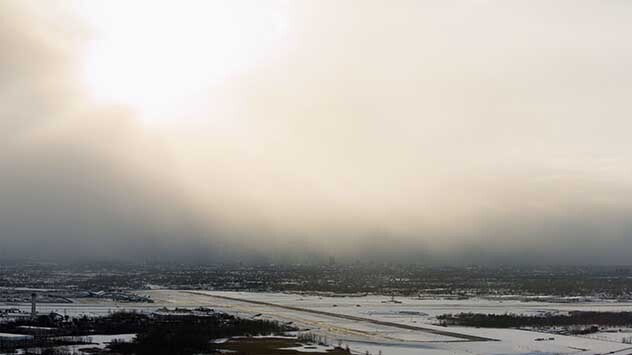App featureUse this air quality tool to stay safe

Know our data!
How to read the AQI:
Good (0 to 50) Moderate (51 to 100) Possibly unhealthy (101 to 150) Unhealthy (151 to 200) Very unhealthy (201 and 300) Hazardous (301 and above)


